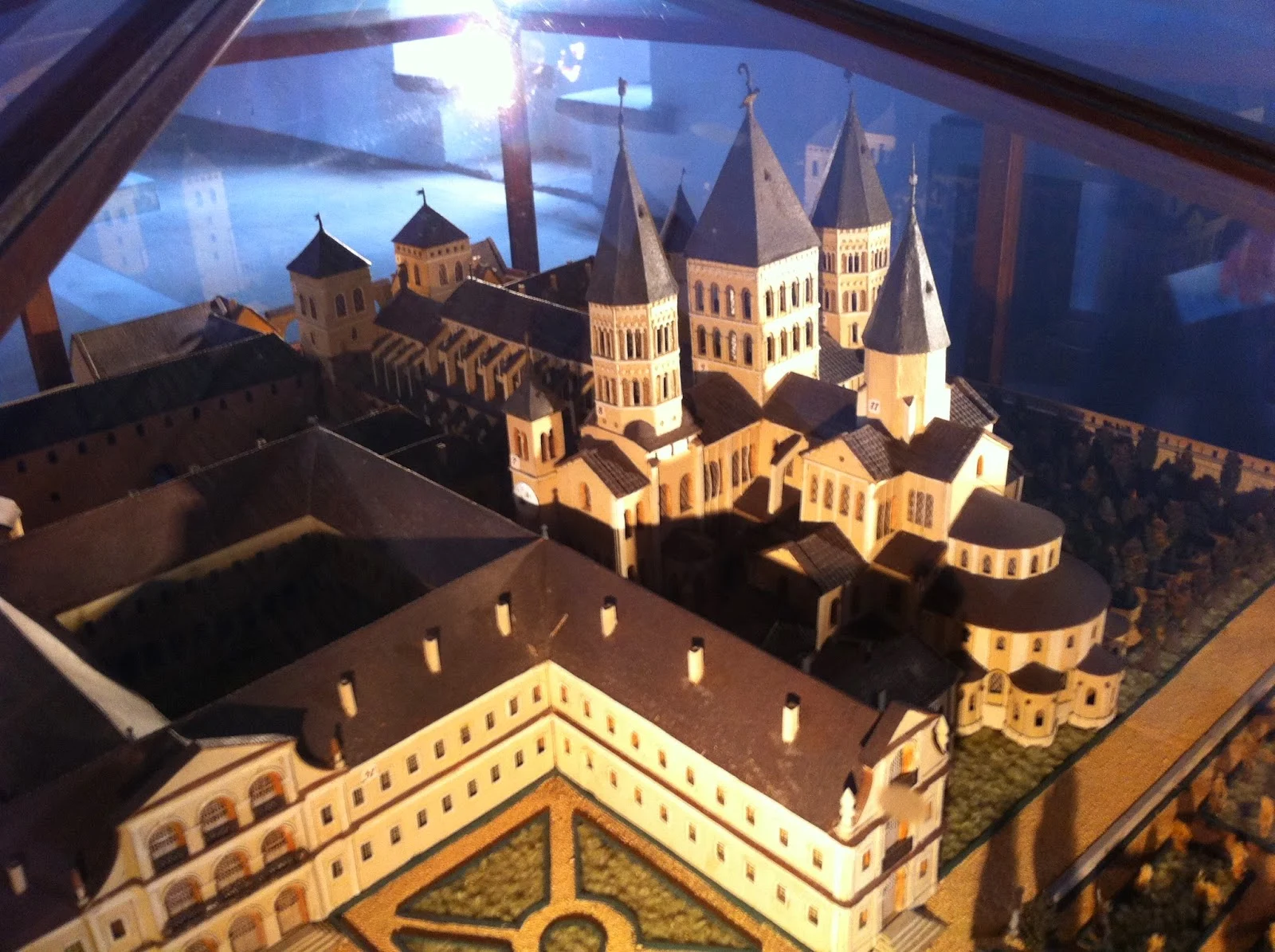Touring the Alsatian Wine Road and Riquewihr (France) with Savvy Mom Ruth Paget
The Alsatian Wine Road (Route des Vins) offers many interesting stops to visit – rain or shine. The only problem is that the towns along the way are so adorable that you could stop and never make it to the next town.
Driving through the Alsatian wine towns is hazardous, though. Some towns like Bergheim require driving through a one-way lane arch with two-way traffic. The roads in the towns are almost pedestrian-only thoroughfares with enticing restaurants on either side of the road.
The weekend we visited men in checked shirts drove horse-drawn carriages and wore straw hats with brims. They were working on Saturday, so they had the right of way as far as we were concerned. We enjoyed driving through the towns of Molsheim and Bergheim, but cut over to D1422 to make a faster route to Salestat, where we were also able to drive through vineyards.
Alsace like Burgundy is very religious. Roadside shrines with a crucifix in them had bouquets of flowers on either side of the shrine. These shrines stand by vineyards where workers of all levels pray for the harvest, give thanks, and maybe pray for assistance I would imagine. In Burgundy, these roadside shrines are hidden on back roads away from major roads. In Alsace, I noted that the shrines are right on the major roads.
The flowers at the vineyard shrines probably serve the purpose of showing if there is mildew or harmful insects in the vineyards. Delicate flowers show damage before grapes. Flowers planted at the end of vineyard rows also serve this purpose.
When we arrived in the town of Riquewihr, we took many pictures of the half-timbered houses sitting at angles on crooked, narrow lanes where even a small car could not fit. The houses date back to the fifteenth through eighteenth centuries. Riquewihr is famous for its Riesling wine.
We ate at a restaurant in one of the half-timbered houses called “Au Relais des Moines,” which I loosely translate as “The Monk’s Stop.” Laurent and I both had dishes with forest touches. Laurent had a steak with wild mushroom sauce with thick French fries. I had médaillons de faon forestière with homemade tagliatelle. Forestière refers to the cèpes mushrooms used in the creamy sauce. Faon refers to the meat from a young female deer. I ate a crème brulée for dessert while Laurent had coffee.
After lunch, we walked around Riquewihr’s defensive wall dating back to the thirteenth century. Riquewihr is about one hour away from Strasbourg and beckons visitors to come back for food, walks, and beautiful Jacquard tablecloths as souvenirs.
By Ruth Paget - Author of Eating Soup with Chopsticks and Marrying France
Click here for: Ruth Paget's Amazon Books
 |
| Laurent Paget Photography |













